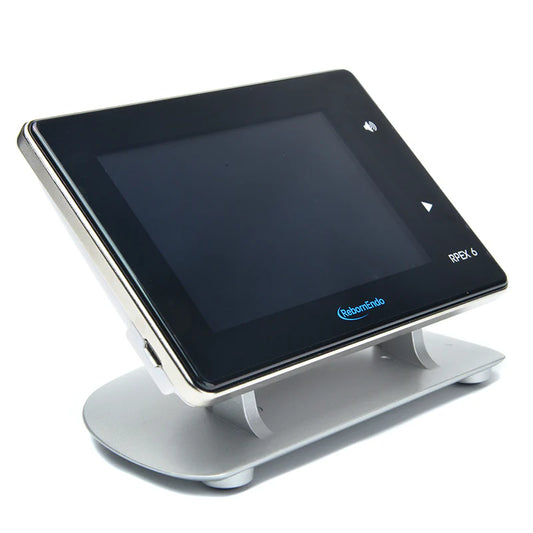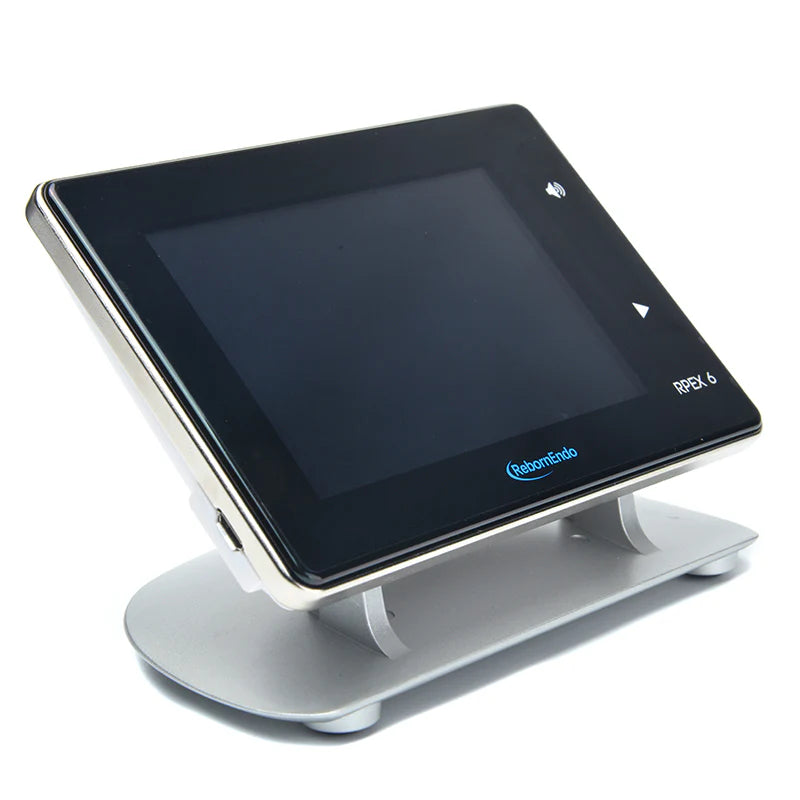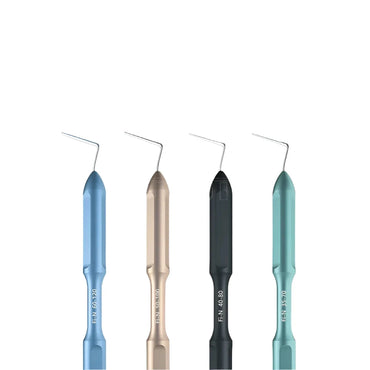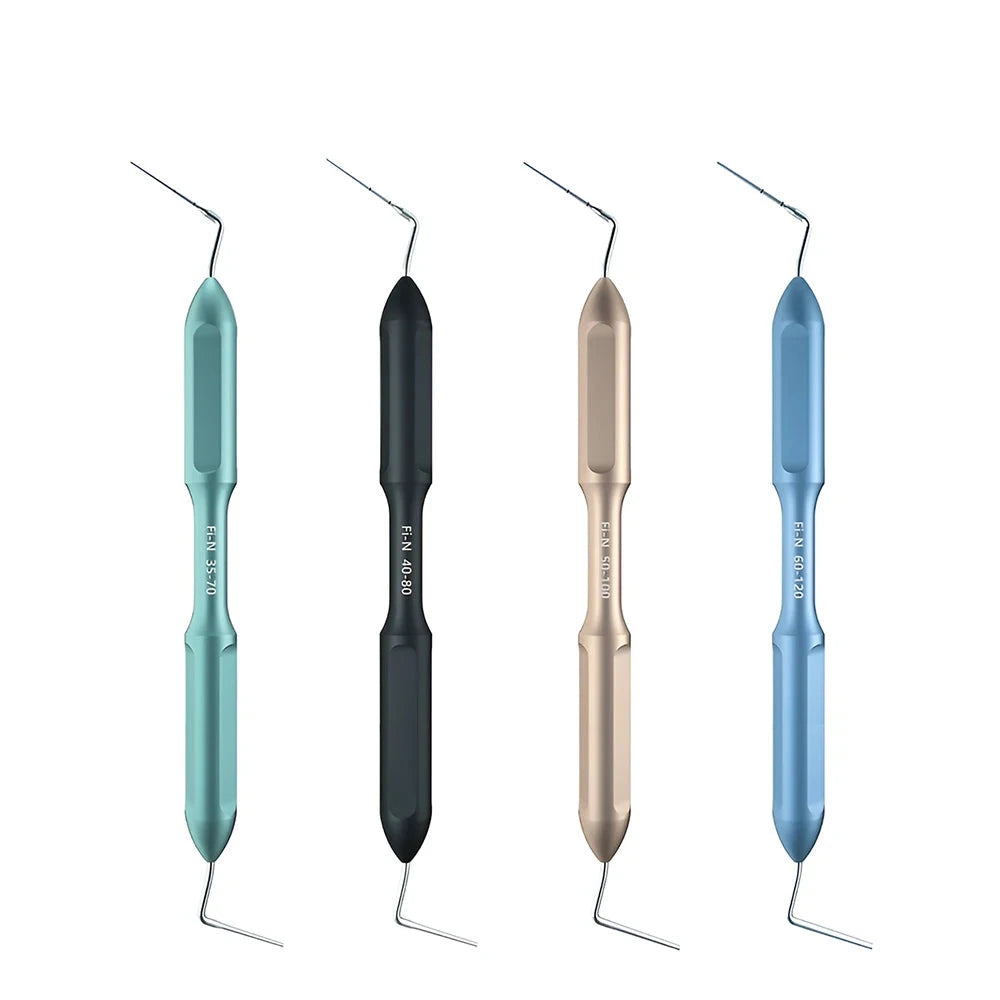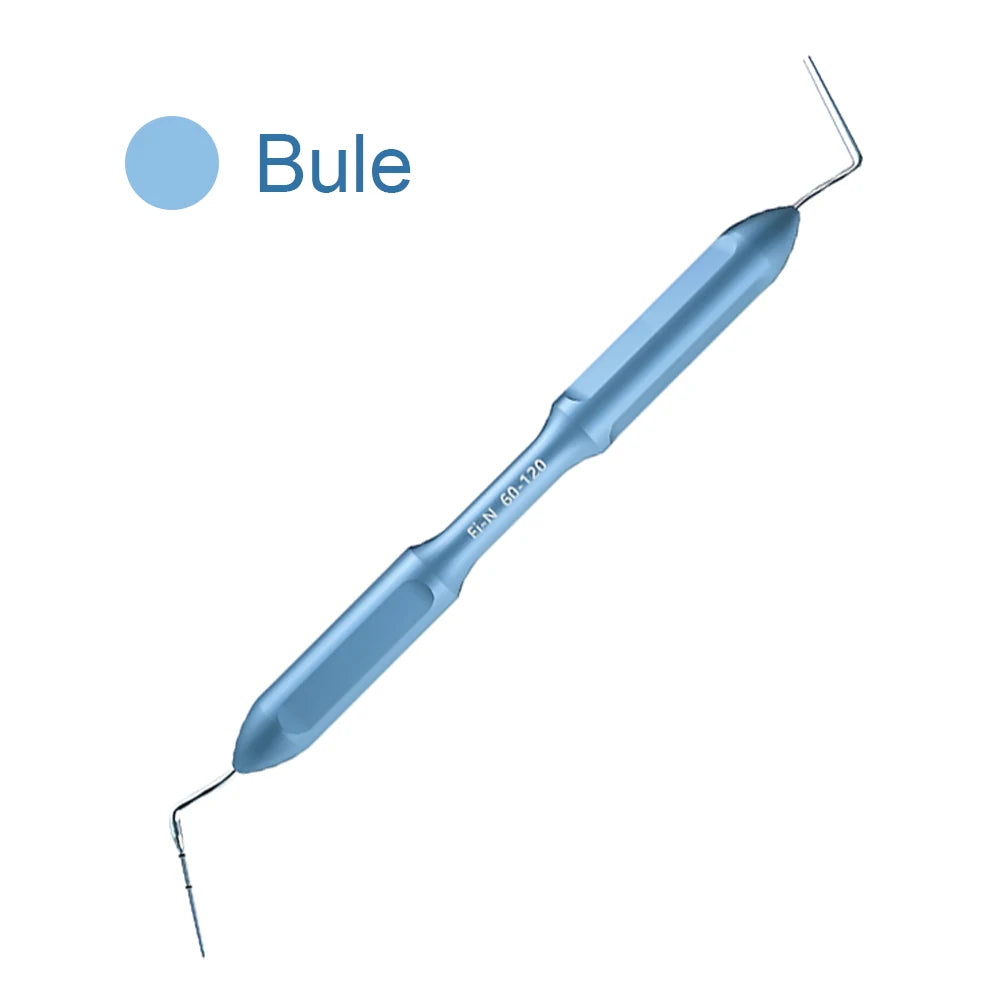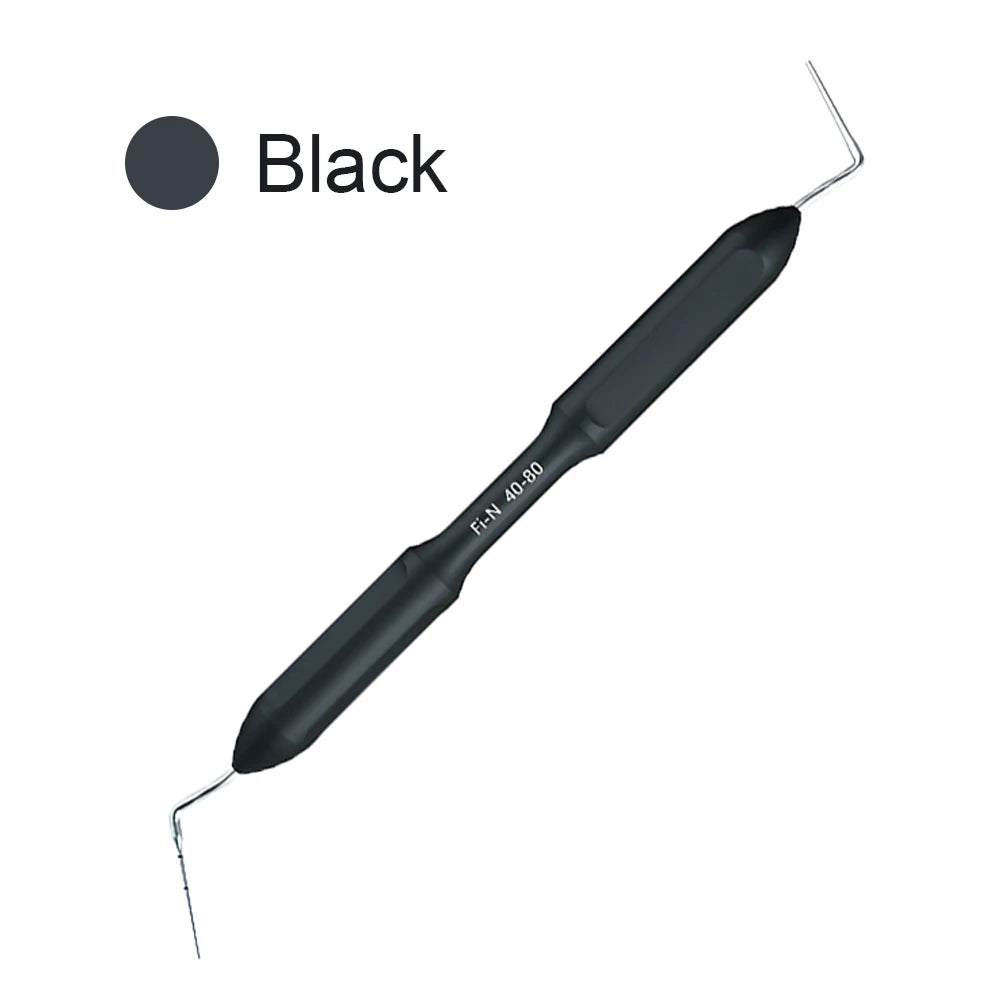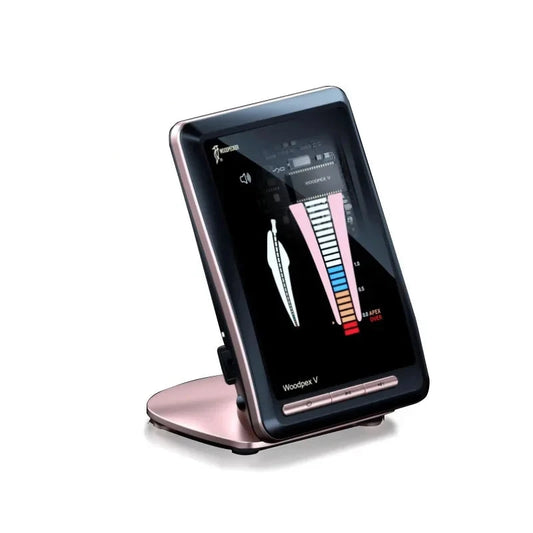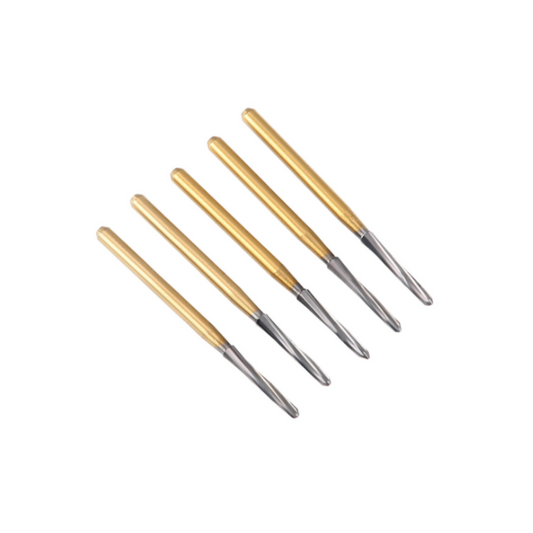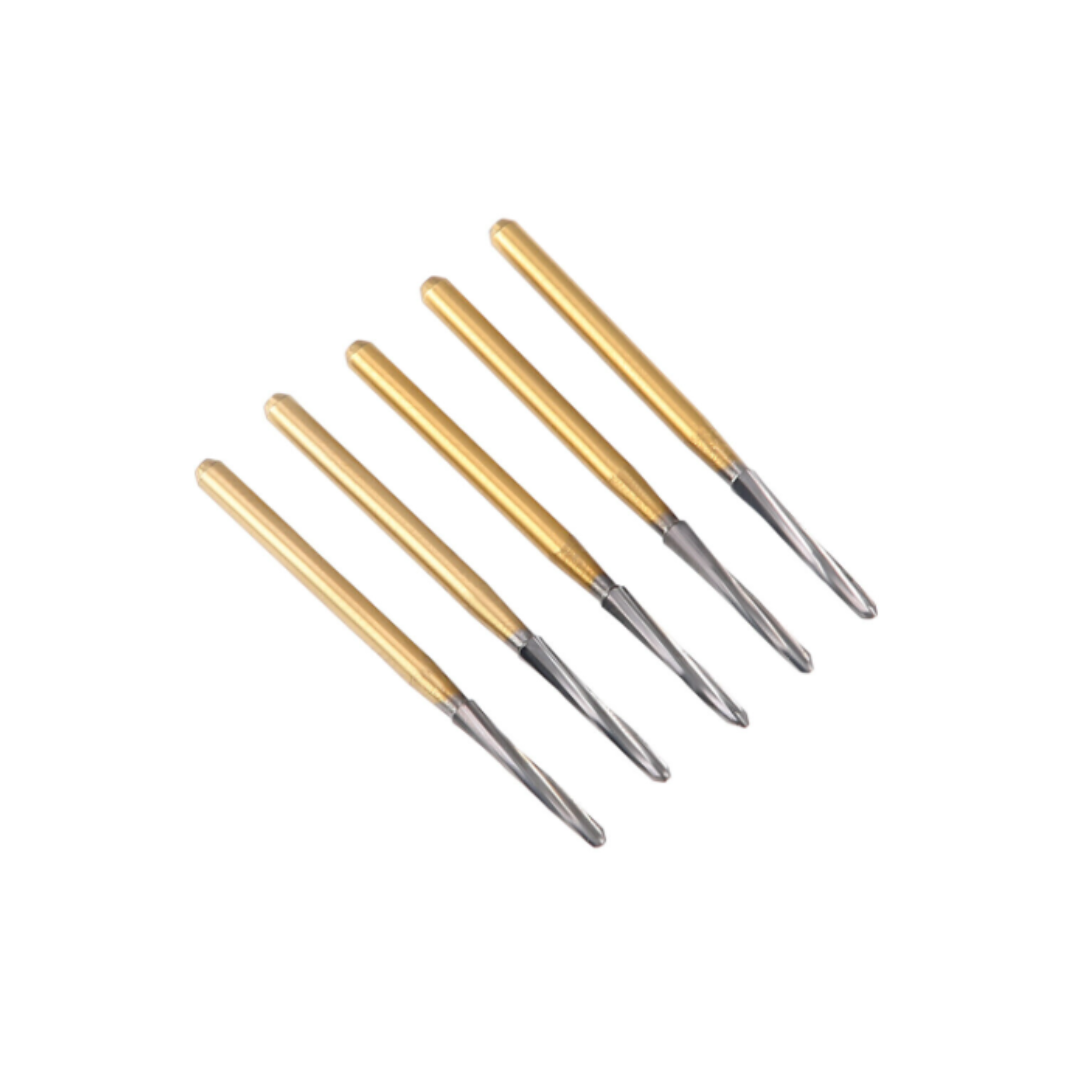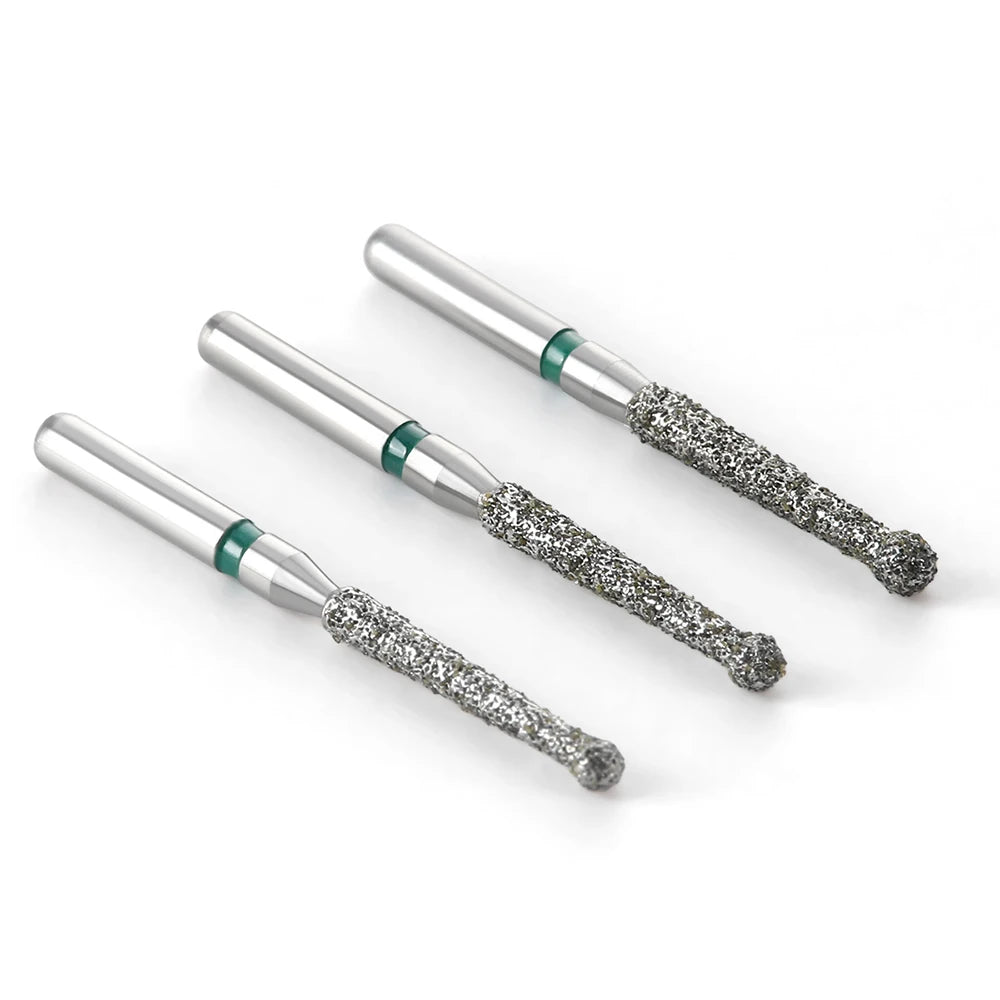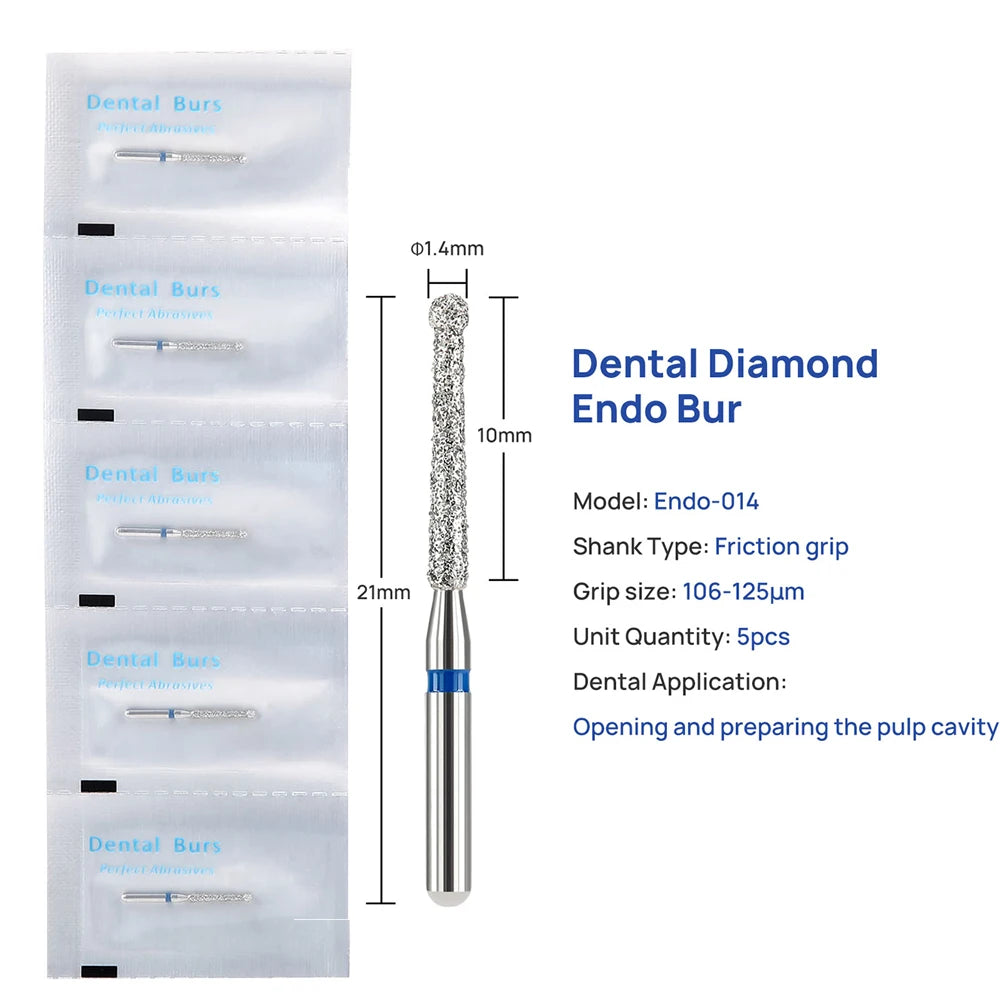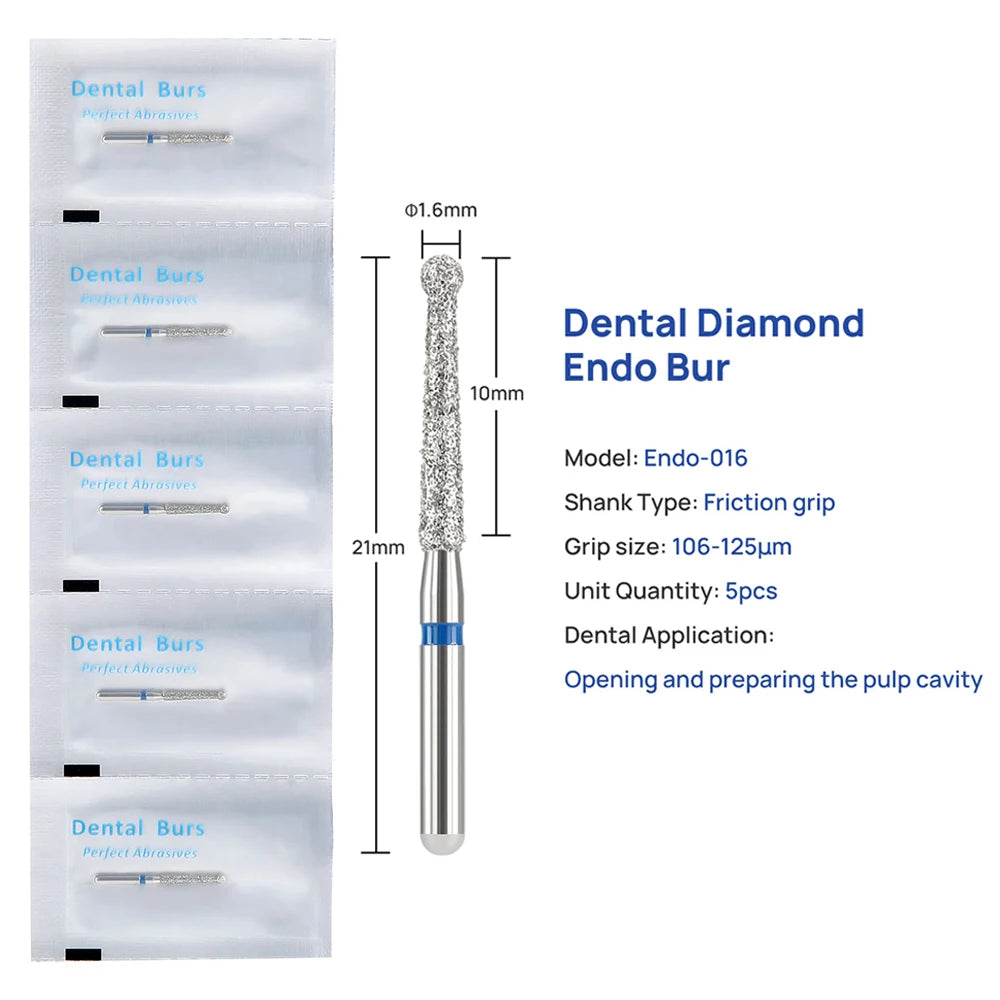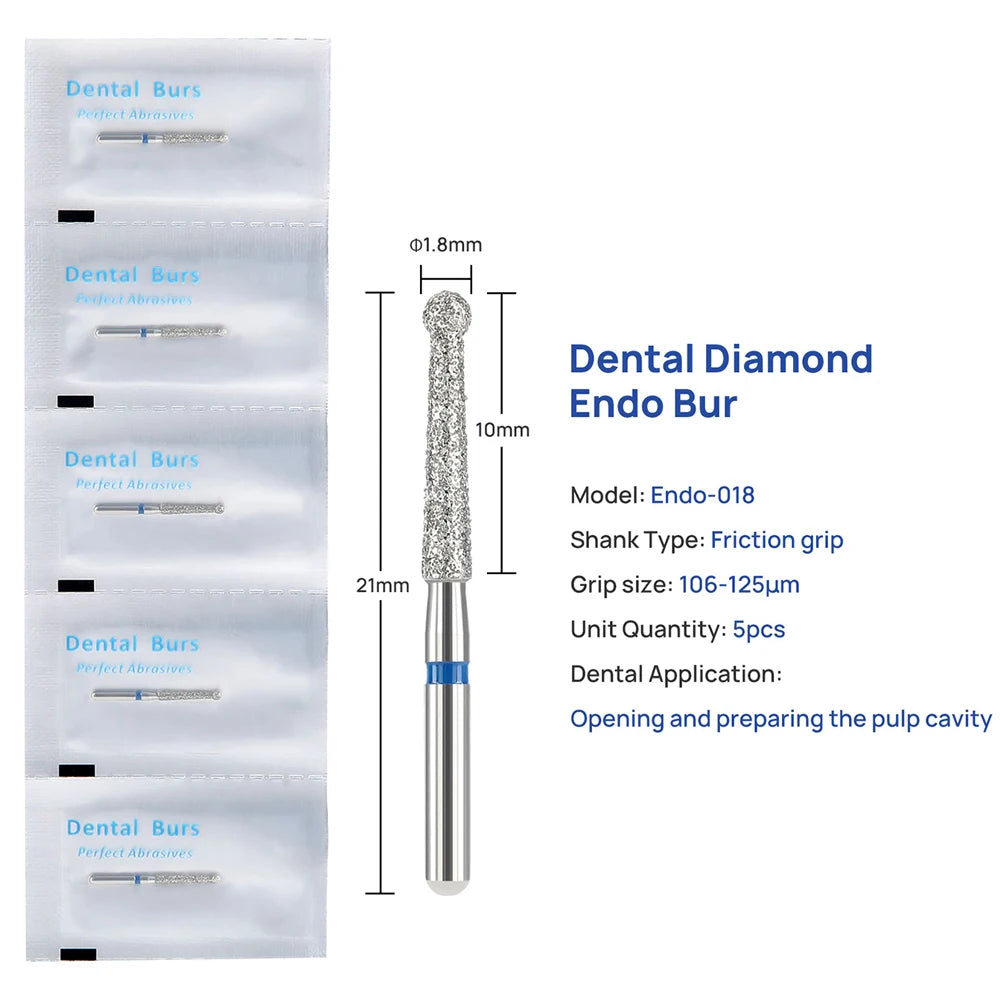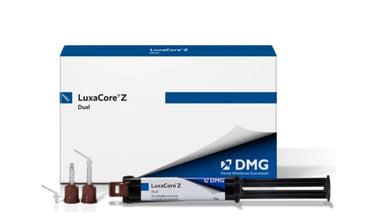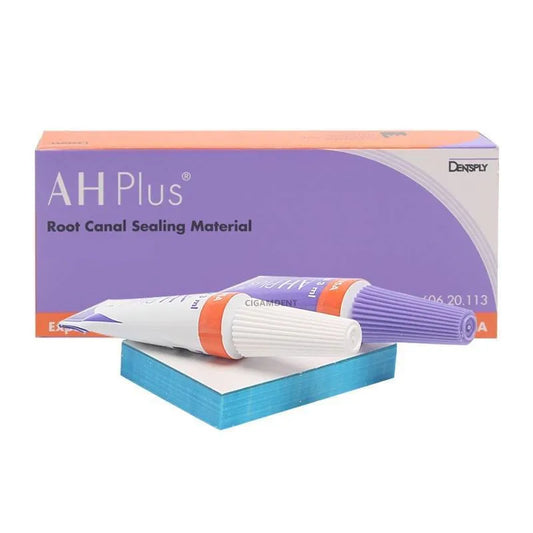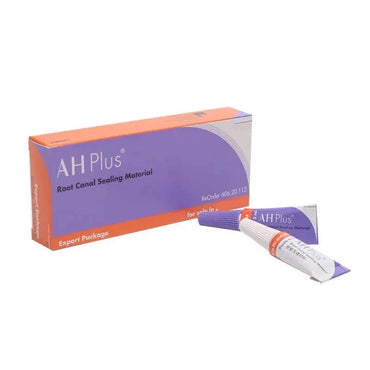Dental technology is continually advancing, bringing new tools and techniques to enhance patient care and improve oral health outcomes. These innovations are not only revolutionizing how dental professionals work but also significantly benefiting patients by making treatments more effective, comfortable, and accessible. Here’s a look at the latest innovations in dental technology and why they matter:
Digital Impressions and 3D Printing
Why It Matters: Traditional dental impressions can be uncomfortable and imprecise. Digital impressions, captured using intraoral scanners, provide a more accurate and comfortable alternative. These digital models can be used with 3D printing to create precise dental restorations like crowns, bridges, and dentures, significantly reducing turnaround time and improving fit and comfort.
Laser Dentistry
Why It Matters: Laser technology offers precision and minimal discomfort. It can be used for various procedures, including cavity detection, gum reshaping, and treatment of periodontal disease. Lasers provide a minimally invasive option with reduced pain and faster healing times, enhancing the patient experience.
Cone Beam Computed Tomography (CBCT)
Why It Matters: CBCT imaging provides detailed 3D images of the teeth, soft tissues, nerve pathways, and bone in a single scan. This advanced imaging technology is particularly useful in complex cases such as implant placement, orthodontics, and evaluation of jaw disorders, leading to more accurate diagnoses and treatment plans.
Teledentistry
Why It Matters: Teledentistry has gained significant traction, especially post-COVID-19. This technology allows dental professionals to provide remote consultations, follow-ups, and triage, making dental care more accessible and convenient for patients, particularly those in remote or underserved areas.
Artificial Intelligence (AI)
Why It Matters: AI integration into dental diagnostics and treatment planning enhances accuracy and efficiency. AI-powered software can analyze dental images to detect cavities, periodontal disease, and other conditions with high precision. It also assists in creating personalized treatment plans based on patient data, leading to better outcomes.
CAD/CAM Technology
Why It Matters: Computer-Aided Design and Computer-Aided Manufacturing (CAD/CAM) technology streamlines designing and fabricating dental restorations. Dentists can now create precise crowns, bridges, and veneers in a single visit, reducing the need for multiple appointments and improving patient satisfaction.
Smart Toothbrushes
Why It Matters: Smart toothbrushes equipped with sensors and Bluetooth connectivity provide real-time feedback on brushing techniques. These devices can track brushing habits, monitor areas that need more attention, and even send data to dental professionals for further analysis, promoting better oral hygiene practices among patients.
Regenerative Dentistry
Why It Matters: Advancements in regenerative dentistry are paving the way for techniques that stimulate the body’s natural ability to regenerate tooth structure and supporting tissues. Stem cell therapy and tissue engineering hold promise for treating conditions like tooth decay and periodontal disease without invasive procedures, offering a less painful and more natural solution.
Augmented Reality (AR) and Virtual Reality (VR)
Why It Matters: AR and VR technologies are used for patient education and training. AR can overlay digital information onto a patient's mouth during treatment, providing real-time guidance. VR offers immersive simulations for dental students and professionals to practice procedures in a risk-free environment, improving their skills and confidence.
Wearable Oral Health Monitors
Why It Matters: Wearable devices designed to monitor oral health are emerging as a new trend. These devices can track metrics such as pH levels, bacterial activity, and saliva composition, providing valuable insights into a patient’s oral health and enabling proactive care, potentially preventing serious dental issues before they develop.
The integration of these innovative technologies in dental practices not only enhances the accuracy and efficiency of dental treatments but also significantly improves patient experience and outcomes. Staying informed about the latest advancements helps dental professionals provide cutting-edge care and maintain a competitive edge in the ever-evolving field of dentistry. By adopting these technologies, dental practices can offer superior care, ultimately leading to better oral health for their patients.






 https://www.instagram.com/gabriela.tejada.c/profilecard/?igsh=bXQwcGs0ZWU5dw==
https://www.instagram.com/gabriela.tejada.c/profilecard/?igsh=bXQwcGs0ZWU5dw==
